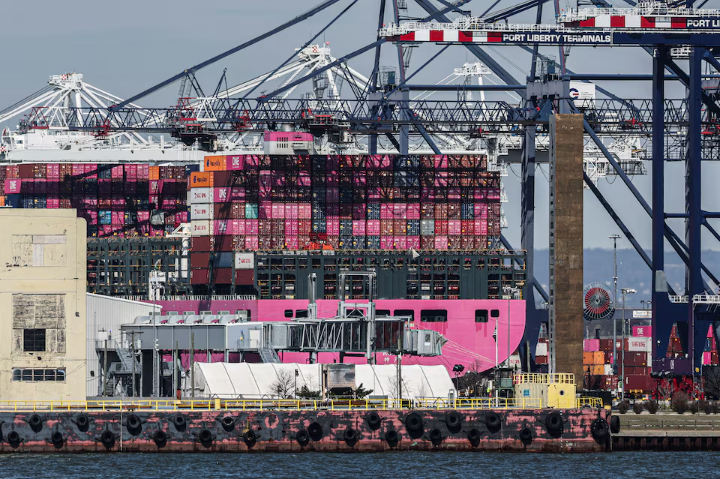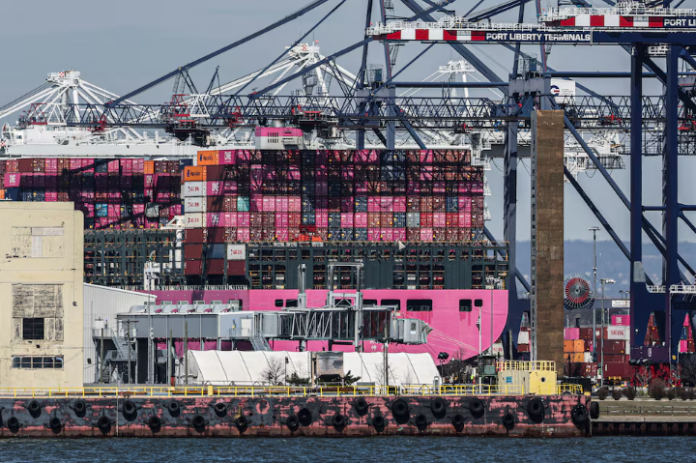In a bold and controversial move, U.S. customs authorities have officially started collecting a new 10% tariff on imports from several countries, following former President Donald Trump’s sweeping announcement earlier this week. The policy, which took effect at 12:01 a.m. ET on Saturday, marks a dramatic departure from decades of cooperative trade policy, signaling what experts call a seismic shift in global commerce.
This initial “baseline” tariff is just the beginning. Starting next week, even steeper tariffs—ranging from 11% to 50%—will apply to 57 key U.S. trading partners, shaking the foundation of the post-World War II global trade system. The U.S. move essentially bypasses multilateral agreements and imposes trade penalties unilaterally, leaving many governments and corporations scrambling to adjust.
According to trade attorney Kelly Ann Shaw, a former White House adviser under Trump, this is the most significant trade policy shift in modern history. Speaking at the Brookings Institution, Shaw stated, “This is the single biggest trade action of our lifetime.” She emphasized that while negotiations may follow, the global trade landscape has already changed dramatically.
The fallout was immediate. In just two days, the announcement triggered a historic $5 trillion loss in market value for S&P 500 companies. Global stock markets plunged, commodity prices fell, and investors flocked to government bonds as a safe haven. The news sent shockwaves through every major financial sector.
Countries first affected by the blanket 10% tariff include Australia, the United Kingdom, Saudi Arabia, Argentina, Egypt, and Colombia. Notably, no grace period was granted for goods already en route when the policy went live—except for shipments that left before the cutoff time. These must arrive by May 27 to avoid being taxed.
Even more intense tariffs loom on the horizon. Starting Wednesday, “reciprocal” tariffs will take effect, targeting nations Trump believes unfairly restrict U.S. imports. The European Union will face a 20% tariff, Chinese goods will be hit with a staggering 34% increase—bringing China’s total tariff rate to 54%—and Vietnam, which has previously benefited from shifting U.S. supply chains, will now face a 46% duty. Vietnam has already expressed regret and signaled openness to negotiations.

Canada and Mexico have been spared from the new duties for now, though they remain under separate 25% tariffs due to issues related to the U.S.-Mexico-Canada Agreement (USMCA) and the fentanyl crisis.
Some product categories are exempt. Over 1,000 imports valued at $645 billion in 2024 are excluded from the new tariffs. These include crude oil, petroleum products, uranium, pharmaceuticals, semiconductors, lumber, and titanium. However, national security investigations are underway for several of these sectors, which means they could face future trade barriers.
This dramatic policy shift may lead to renegotiated trade terms or long-term rifts in global alliances. One thing is certain: the age of predictable, rules-based trade just got upended.



